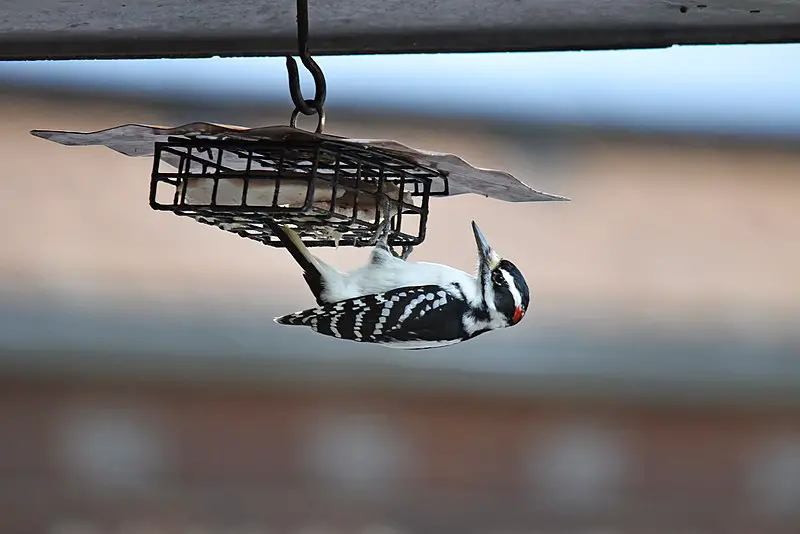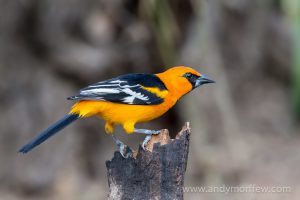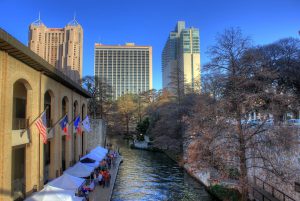Birds are creatures of habit. Their daily routines are often predictable, including their feeding habits. Common feeder birds like chickadees and titmice will make the rounds on their favorite food and water spots throughout the day, and that might include your backyard.
Birds’ actions are strongly determined by their circadian rhythms, or their daily biological clocks. They’re extremely active during the first few morning hours, fairly inactive mid-day, and get a last little burst of energy about 30 minutes before sunset.
So what time are birds most likely to stop at your feeder?
There’s no hard rules here, but most birds like cardinals, jays, and woodpeckers will visit after their flurry of morning activity, and then again during the mid-day lull.
Common yard birds are most active at feeders around mid-morning from 8am to 11am, and then again mid-afternoon from 2pm to 4pm. Cardinals and Hummingbirds are often first to show during early morning. Weather also affects feeder activity, as rainy days or extrememly hot or cold days can increase the number of birds at your feeders.
Birds often travel in loose groups throughout the day as they search for food. Titmice are famous for forming family groups of 3 to 8 individuals. Chickadees also like to stick together, and cardinals always seem to know where the other cardinals are. Jays also like to travel together in small numbers.

This means your bird feeders will be emtpy one minute, and busy with a whole group of birds the very next minute! After a flurry of activity for 5 to 10 minutes, all the birds in that group suddendly disappear as they move on, leaving your feeder emtpy once again. This pattern usually repeates itself throughout the day staring around late morning.
A common bird that’s less predictable is the woodpecker. They tend to visit feeders one at a time. If you have peanuts or suet available then woodpeckers are likely a familiar sighting. They also make their rounds during the day, but are more likely hit their favorite spots repeately in quick succession. This is especially noticable during nesting season as they collect food for their young.

If you enjoy sitting by your window or outside watching birds at your feeders, mid-morning is typically the best time. Aim for the 8:30am to 9:30am window, and then adjust from there to when you keep noticing the most activity.
If you often work on your computer at home near a window during the day and enjoy glancing at your feeders, before and after lunch is likely the best time to see birds. This will be roughly around 11am or 11:30am, and 1:30pm to 4pm.
What about owls?
Owls are most active at last light as the sun is going down, and during the first two hours of nightfall. They’re also active around first light as the sun is coming up, but just briefly.

It’s possible to get owls in your yard, but they’re not interested in your bird feeders. However, owls have been known to use bird baths for bathing and drinking. Some people will catch owls splashing around with their motion sensor game cameras.
If you have owls nesting nearby then you may get them visiting regularly. Owl nest boxes can be attached to trees to encourage nesting, especially if you have a very large or tall tree in your yard.
Get to Know Your Yard Birds
Overall, each yard and feeder set up, and each group of birds is slightly different. Use the recommend times in this article as starting points. As you get to know your backyard birds, soon you’ll know their daily schedule almost as well as your own!




